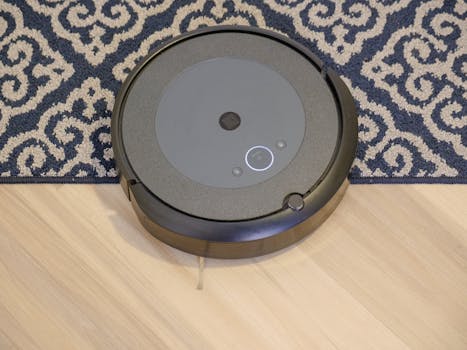
Smart Homes and Smart Living: The Technological Transformation of European Homes by 2025
Smart Homes and Smart Living is revolutionizing the way we live, work, and interact with our living spaces. The European home is undergoing a significant transformation, driven by advancements in technology and changing lifestyles. By 2025, smart homes and smart living will become the norm, offering unparalleled convenience, efficiency, and sustainability.
Introduction to Smart Homes and Smart Living
Smart homes and smart living refer to the integration of technology and automation in residential buildings to create a more comfortable, efficient, and sustainable living environment. This includes the use of smart devices, sensors, and systems that can be controlled and monitored remotely, allowing homeowners to optimize their energy consumption, security, and entertainment systems.
The Benefits of Smart Homes and Smart Living
The benefits of smart homes and smart living are numerous. Some of the most significant advantages include:
- Energy efficiency: Smart homes can optimize energy consumption by automatically adjusting lighting, heating, and cooling systems.
- Increased security: Smart homes can be equipped with advanced security systems, including motion detectors, cameras, and alarm systems.
- Improved convenience: Smart homes can be controlled and monitored remotely, allowing homeowners to adjust settings and receive notifications on their smartphones or tablets.
- Enhanced entertainment: Smart homes can be equipped with advanced entertainment systems, including voice-controlled speakers and streaming devices.
The Technological Transformation of European Homes
By 2025, the European home will undergo a significant technological transformation, driven by advancements in areas such as:
- Artificial intelligence: AI will play a crucial role in smart homes, enabling devices and systems to learn and adapt to homeowner preferences.
- Internet of Things (IoT): The IoT will connect smart devices and systems, allowing them to communicate and interact with each other seamlessly.
- 5G networks: The rollout of 5G networks will provide faster and more reliable internet connectivity, enabling the widespread adoption of smart home technology.
Conclusion
In conclusion, smart homes and smart living are transforming the European home, offering unparalleled convenience, efficiency, and sustainability. By 2025, the technological transformation of European homes will be complete, and smart homes will become the norm. As we look to the future, it’s exciting to think about the possibilities that smart homes and smart living will bring.





